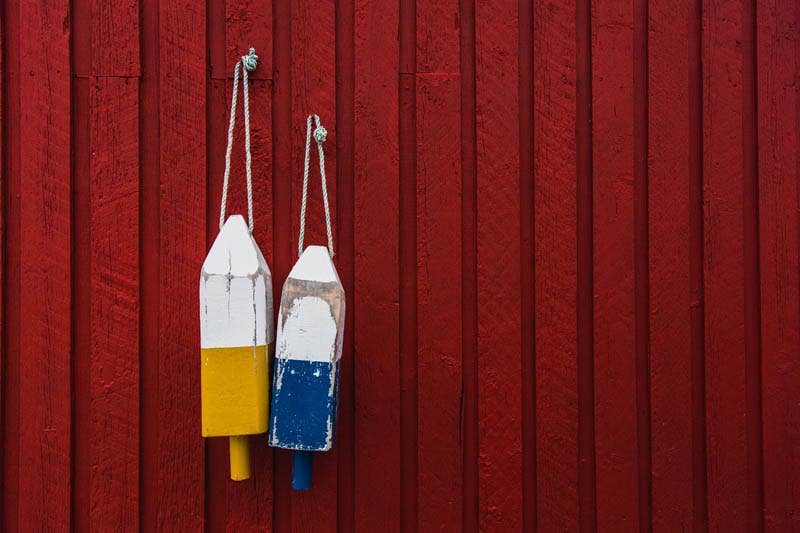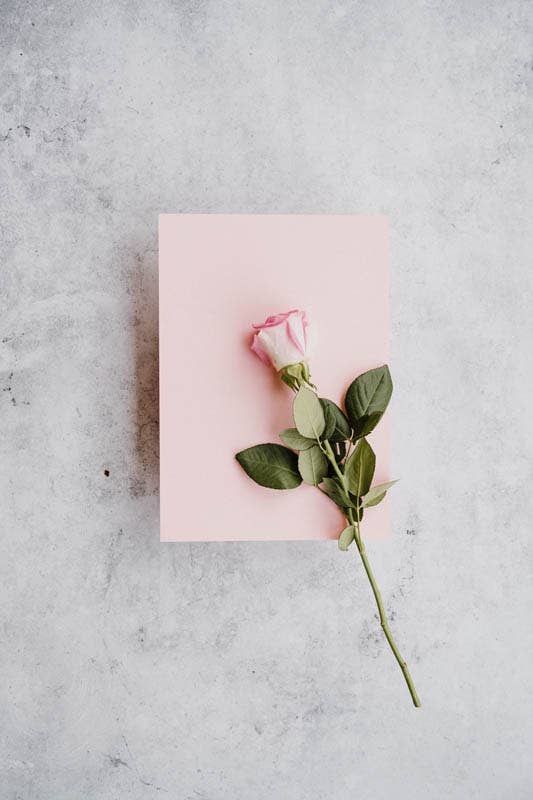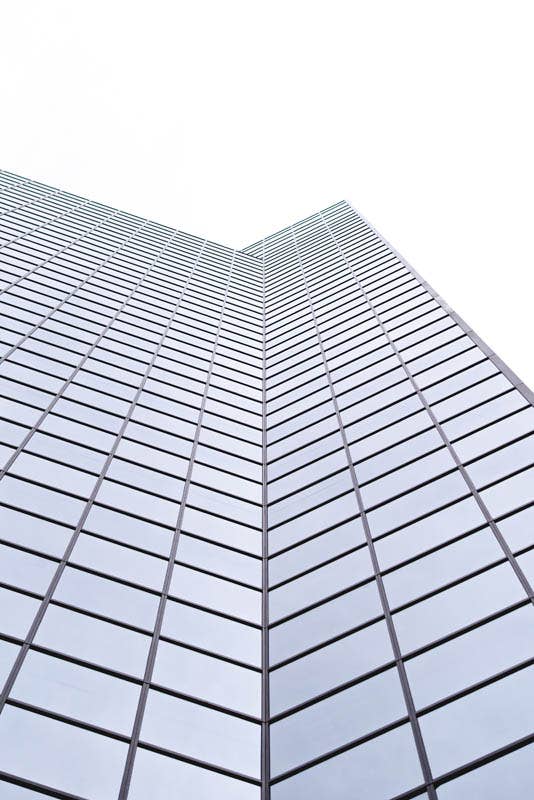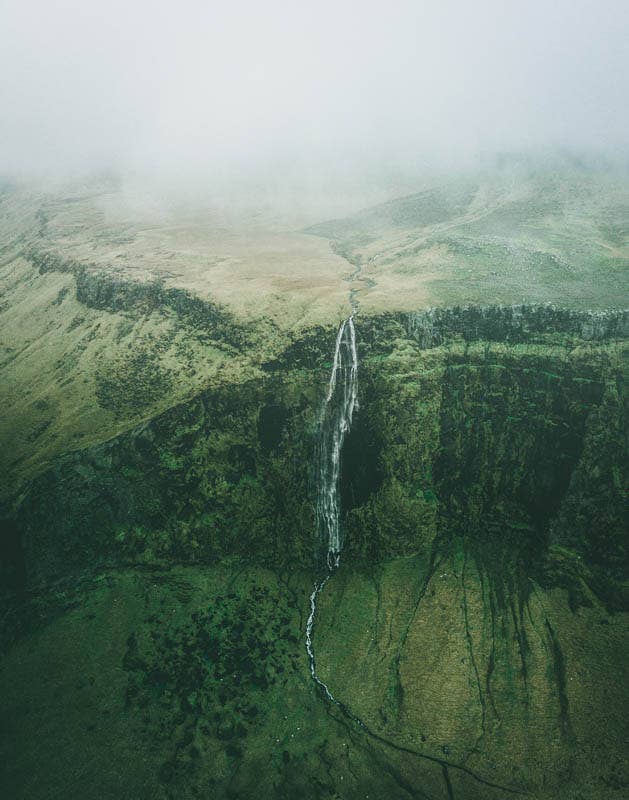How to Master Minimalist Photography
What helps a photograph tell a good story? For many photographers, particularly those just starting out, there’s a strong temptation to cram as much detail as possible into the frame. While this can have a strong visual impact in the right circumstances, sometimes less is actually more when it comes to telling an effective visual story.
This is true in many types of photography, from landscape photography to intimate, close-up portrait photography and even wildlife shots. But what is minimalist photography exactly, and how can you achieve this photography style on your next shoot? Read on to discover the answers and more now.
What is minimalist photography?
Before we dive deep into this photography technique, it’s important to note that minimalism isn’t only used by photographers. Rather, it’s a popular artistic concept that’s used in many creative fields, from architecture and design to painting, illustration, and even sculpture.
In its simplest form, minimalism is about drastically simplifying the compositional elements of your photograph, including shapes, lines, patterns, and colours. By reducing the number of elements within the frame, you can draw greater attention to key points and create a dramatic contrast.


The success of minimalism as a photo composition technique stems mainly from the fact that when there are fewer components, a viewer’s eye is automatically drawn to the carefully curated components that are within the frame. At the same time, the surrounding blank space leaves the viewer to come to their own conclusions and exercise their own creativity a little.
Common uses of minimal photography


While minimal nature photography and flat lay photos are gaining some popularity, minimalism is perhaps most widely and successfully used by portrait and landscape photographers.
Portrait photographers in particular are often able to craft a more impactful image through negative space photography, a minimalist technique that allows the model to take up less of the frame than usual. The space surrounding the subject is then filled with the sky or a similarly uncluttered background.
Minimalism is also a mainstay of landscape photography, in which photographers use elements such as the sky, hills, or grass to create space around their main subject, whether this is a tree, mountain, or other natural object. In a similar way, urban landscape photographers look for and hone in on patterns formed by architecture and manmade structures, without necessarily capturing the entire building within their image.
Our top 6 minimalist photography tips
To ensure that your minimalist photos are beautifully composed and curated - rather than just bare - we recommend experimenting with the following photography techniques during your next shooting session.
1. Look for leading lines
“Leading lines” in photography are lines within your image that direct your viewer’s eye toward your subject. In an image of a tree atop a hill, for example, the sides of the hill leading up to the tree will form the leading lines. Always look for continuous lines that gently and naturally draw your viewer’s eye to the key focal point of your image.
2. Add texture
Negative space doesn’t have to be completely empty, nor does it have to be white or another single, plain colour. Add depth to your image by filling your background with interesting details, such as textured walls, spectrums of colour, or shadows.


3. Turn up the contrast
Create a bolder, punchier image by increasing the contrast between your subject and its surroundings. Doing this can help your subject stand out more, and will often result in a visually striking image: Consider how dramatically a dark and silhouetted tree stands out against a white, blown-out sky, for example.


4. Test various focal lengths
Depending on your particular subject and setting, switching to a different focal length can radically transform your image for the better. As an example, if you’re shooting outdoors and wish to emphasise empty space within a landscape, a wider lens and shorter focal length can do the trick.
5. Think carefully about composition
While you’re shooting, don’t forget about basic photo composition techniques such as the rule of thirds. To maintain a minimalist aesthetic, the trick is to have these techniques in mind but be open to recomposing slightly if necessary to reduce overcrowding in your image.
6. Explore unexpected angles
Sometimes, particularly if you’re shooting in an urban environment, finding a space that isn’t jam-packed with detail can be a challenge. If you’re struggling to frame a shot that doesn’t feel crowded, don’t be afraid to try getting up high or down low: Even the slightest shift in angle can vastly change the framing of your image.
Do more with less in the frame
Whether you’re a seasoned photographer hoping to sharpen your eye for composition or are a beginner wanting to take clean, well-composed images straight off the bat, minimalist photography is a great technique to experiment with. Learning to effectively tell a visual story with fewer elements is an important skill that can help you get great results in everything from portrait photography to landscape images and beyond.
Ready to put your new knowledge to the test? Discover our wide selection of digital cameras online now, or visit our blog for more photography tips and tricks!
Next Post
5 Tips for Shooting Better Video
Previous Post
Microphone Buying Guide
